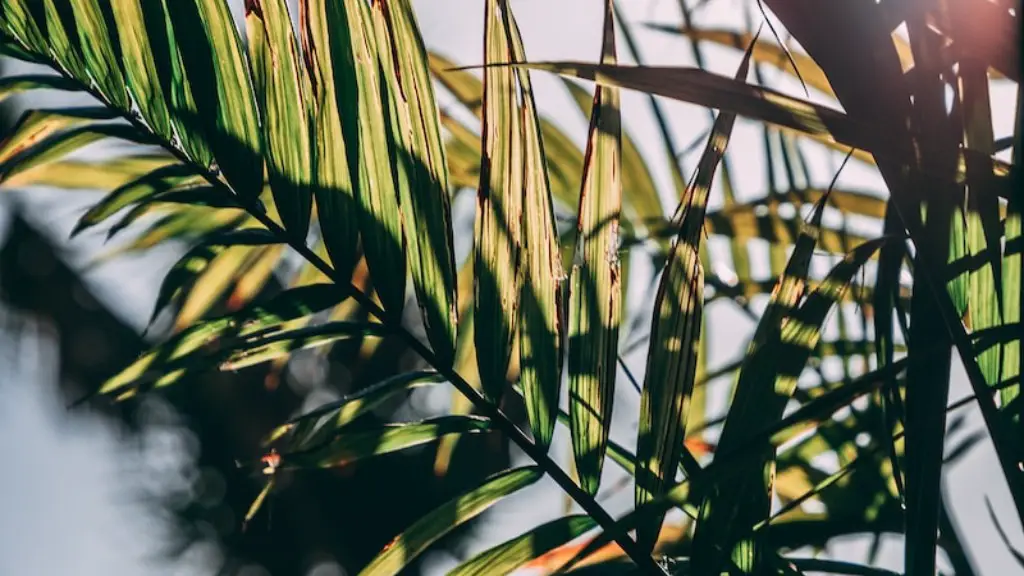What is causing my avocado tree turning black?
Avocado trees turning black is a common symptom of several different problems. Depending on the cause, symptoms such as leaf yellowing and wilting, branch dieback, and even plant death could occur. This article will explore why your avocado tree might be turning black and give you some advice on how to address the problem.
Different causes of blackening in avocado trees can include environmental factors, pests, and diseases. As long as your tree is healthy, it is likely that environmental issues are the primary cause of the problem. Certain environmental conditions can cause the leaves or branches of an avocado tree to turn black. High temperatures and dry conditions can lead to sunburn or injury to the foliage, which can cause blackening of the tissues. Poor nutrition can also lead to blackening, as can nutrient deficiencies or excesses.
If environmental factors are not the cause of the blackening, then pest or disease may be the culprit. Common avocado pests, such as mealybugs, scale, and spittlebugs can cause blackening of the foliage. They may feed on the nutrients in the leaves, leaving behind a black residue. Some fungal and bacterial diseases, such as anthracnose, sooty mold, and armillaria root rot, may also cause blackening of the leaves or other parts of the tree.
What should I do if my avocado tree is turning black?
If your avocado tree is turning black, there are several steps you can take to help remedy the problem. First, ensure that the tree is receiving adequate sunlight and water. Prune any damaged or diseased branches and reduce nitrogen fertilization if there is an excess of nitrogen in the soil. If pests are present, treat the tree with an appropriate insecticide or organic spray.
You can also take preventive measures to ensure your tree stays healthy. Inspect the tree regularly to look for signs of pests, diseases, or other issues. Surround the tree with mulch to help retain moisture and prevent growth of damaging organisms.
How can I prevent blackening of my avocado tree in the future?
The best way to prevent blackening in avocado trees is to ensure good maintenance and care. This means providing adequate water and nutrients, regular pruning, and preventive pest control. Additionally, avoid planting in overly hot and dry spots, which can lead to sunburn or other damage to the foliage.
If any issues arise, it is important to act quickly to try to remedy the problem. Identifying the cause of the blackening and taking appropriate steps to address it can help to protect your avocado tree in the long run.
Advantages of Properly Caring for an Avocado Tree
If you care for your avocado tree properly, there are several benefits to be gained. Healthy avocado trees produce larger, higher quality fruits with great flavor. Fruits can be harvested throughout the year and you can look forward to a continuous supply of nutritional, delicious avocados.
Aside from providing a tasty snack, avocado trees also provide shade and a beautiful backdrop for your garden. A properly cared for tree can survive for many years, providing enjoyment for generations.
How to Optimize Avocado Tree Yields
Maximizing the yield from your avocado tree starts with providing optimal growth conditions. This means providing the tree with adequate sunlight, nutrient-rich soil, and plenty of water. Carefully prune the tree to promote airflow and encourage healthy growth.
It is also important to use optimal fertilization techniques. Trees need a balanced ratio of nitrogen, phosphorus, and potassium for optimal growth. An experienced local garden center or agricultural extension office can help you determine the right fertilizer to use for your particular tree’s needs.
Discouraging Diseases in an Avocado Tree
Certain diseases, such as root rot, armillaria, and anthracnose, can be problematic for avocado trees. In order to discourage the development of these diseases, it is important to keep the tree’s environment clean and to practice good sanitation. This means removing any dead or damaged plant material and avoiding overwatering the tree.
It is also important to practice preventive pest control to help avoid diseases. Common avocado pests, such as mealybugs, spittlebugs, and scale, can spread harmful diseases. Treat the tree with an appropriate insecticide or organic spray to minimize their presence and help reduce the spread of disease.
Common Mistakes When Growing an Avocado Tree
Growing an avocado tree doesn’t have to be complicated. However, many common mistakes can be made in the process. One of the most common mistakes is planting in too shady of a spot. Avocado trees require 6-8 hours of direct sunlight per day to remain healthy.
Another common mistake is planting in a spot that is too hot or humid. Avocado trees thrive in moderate climates with adequate water and humidity. Planting in an area that is too hot or too cold can shock the tree and weaken its defenses against pests and disease.
Lastly, inexperienced avocado tree growers often fail to pay enough attention to the soil conditions in which their tree is planted. Nutrient-rich soil and adequate drainage are crucial for a healthy avocado tree. Poor soil conditions can lead to a lack of water, nutrient deficiencies, and other problems.
